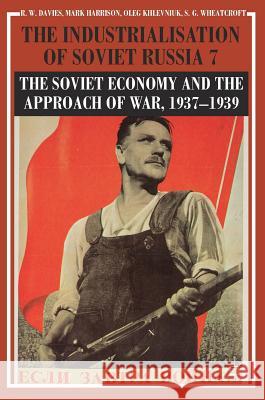The Industrialisation of Soviet Russia Volume 7: The Soviet Economy and the Approach of War, 1937-1939 » książka
topmenu
The Industrialisation of Soviet Russia Volume 7: The Soviet Economy and the Approach of War, 1937-1939
ISBN-13: 9781137362377 / Angielski / Twarda / 2018 / 439 str.
The Industrialisation of Soviet Russia Volume 7: The Soviet Economy and the Approach of War, 1937-1939
ISBN-13: 9781137362377 / Angielski / Twarda / 2018 / 439 str.
cena 523,30
(netto: 498,38 VAT: 5%)
Najniższa cena z 30 dni: 501,19
(netto: 498,38 VAT: 5%)
Najniższa cena z 30 dni: 501,19
Termin realizacji zamówienia:
ok. 22 dni roboczych
Dostawa w 2026 r.
ok. 22 dni roboczych
Dostawa w 2026 r.
Darmowa dostawa!
Kategorie BISAC:
Wydawca:
Palgrave MacMillan
Język:
Angielski
ISBN-13:
9781137362377
Rok wydania:
2018
Wydanie:
2018
Ilość stron:
439
Waga:
0.70 kg
Wymiary:
21.01 x 14.81 x 2.54
Oprawa:
Twarda
Wolumenów:
01
Dodatkowe informacje:
Wydanie ilustrowane











